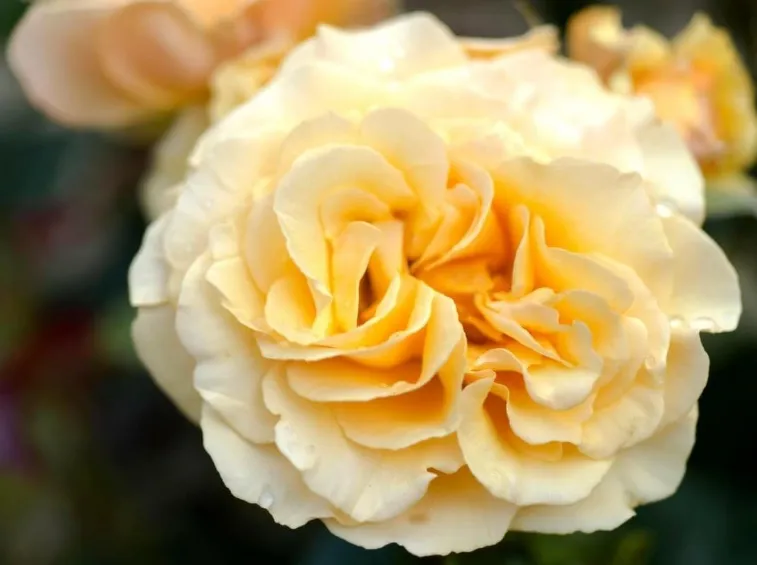How to care for floribunda roses
Grow floribunda roses
Floribunda roses are 26-agrave varieties; born from the willà of hybridizers to find a 26-agrave variety; of roses that could guarantee beautiful flowers like those of polyantha roses, which were però at the same time remontant like the best thea hybrids. It was soì that at the beginning of the twentieth century the first examples of floribunda roses came to light which were immediately successful thanks to the characteristics of their beautiful flowers. In addition to having beautiful and remontant flowers, these roses also had another characteristic that immediately made many rose lovers fall in love with them, the duration of flowering. In fact, the floribunda immediately attracted attention to rose lovers for the duration of their flowering. These roses were in fact able to bloom again for several months, even arriving at the end of autumn always with splendid flowers. From a point of view “ genetic” therefore the floribunda are roses that bloom easilyà … but what are the secrets to cultivate floribunda roses in a perfect way?
Where to plant floribunda roses
Floribunda roses are a 26-agrave variety; who loves the sun and therefore should be positioned in environments where they receive at least 5-6 hours of sun every day but not only. These roses must also be placed in open, ventilated, large spaces. Floribundas are ideal in gardens but also in borders and flower beds becauseé they have an excellent covering effect, a great ornamental value and above all becauseé they grow easily; and with rapidità ;.
How to plant floribunda roses
Floribunda roses can be placed in pots or in the ground and both potted roses and bare root roses can be used. Bare root roses can only be planted during vegetative rest and therefore in autumn or towards the end of winter. The months più colds of the winter are to be avoided as often the ground is è icy and è difficult and inadvisable to work in those conditions. After choosing a suitable place we can then proceed with l’ opening the hole. As a rule of law, the hole should be opened a few days before the installation, to allow the soil to slightly aerate and to mineralize the organic substances. However for the sake of practicality; and due to the limited benefits of this intervention, this practice is not widely used. After having opened the hole è well put a drainage layer on the bottom, using materials such as gravel or l’ expanded clay, which allow you to create a layer capable of allowing l’ water to drain well and prevent water stagnation underneath the roots of the rose. Over this layer we are going to put a base of soil mixed with fertilizer of 3-4 cm after which we place the earth bread or bare root plants and start filling the holes with garden soil. We fill the holes well after which we compress the soil at the foot of the rose and finish the work. If we have to plant roses in pots the indications are the same, l’ the only difference to keep è in crushing the earth, which for planting in pots must be crushed very carefully on the sides of the pot, where we will have to compress the earth well.
Irrigation floribunda roses
Floribunda roses need to be watered especially in the summer soì such as roses grown in pots which must be watered throughout the summer. In spring the rains can be sufficient to guarantee and satisfy the water needs of the plants but in summer or in any case when the temperatures become high, irrigation must be used to keep the roses in good health. In the più months; when hot it must be watered even 2-3 times a week giving a high quantity; d’ water to plants. Each rose in fact needs 6-7 liters of water but in order not to cause damage to the plants we will always have to wait for the soil of the roses to dry between one’ watering and the subsequent.



